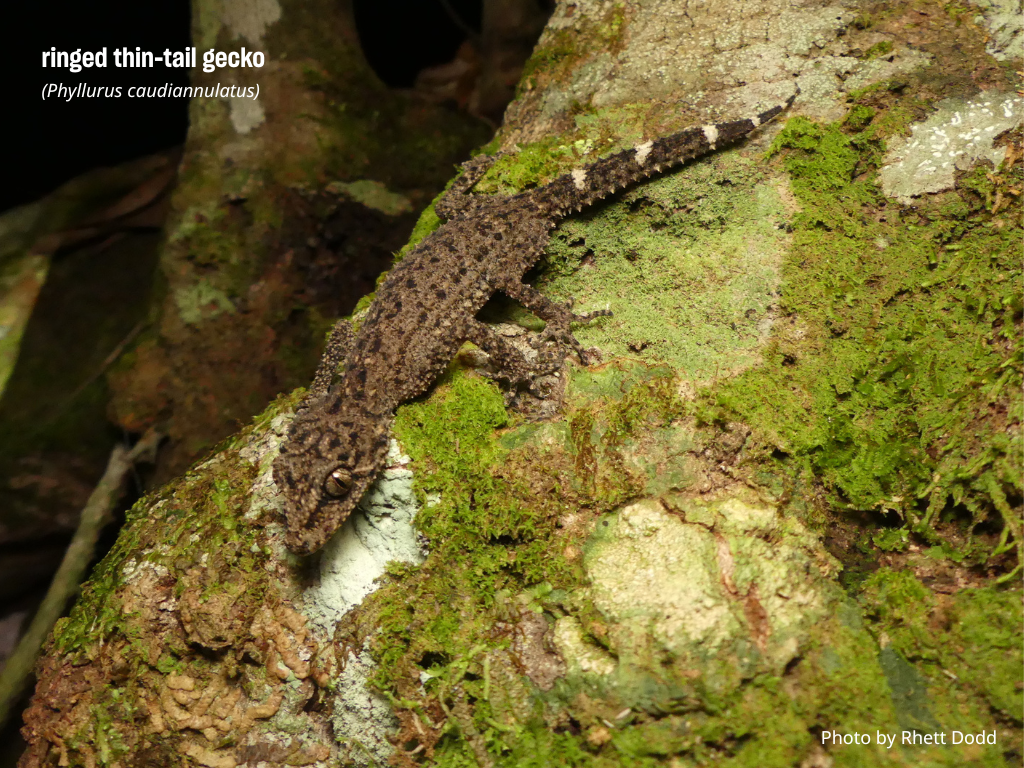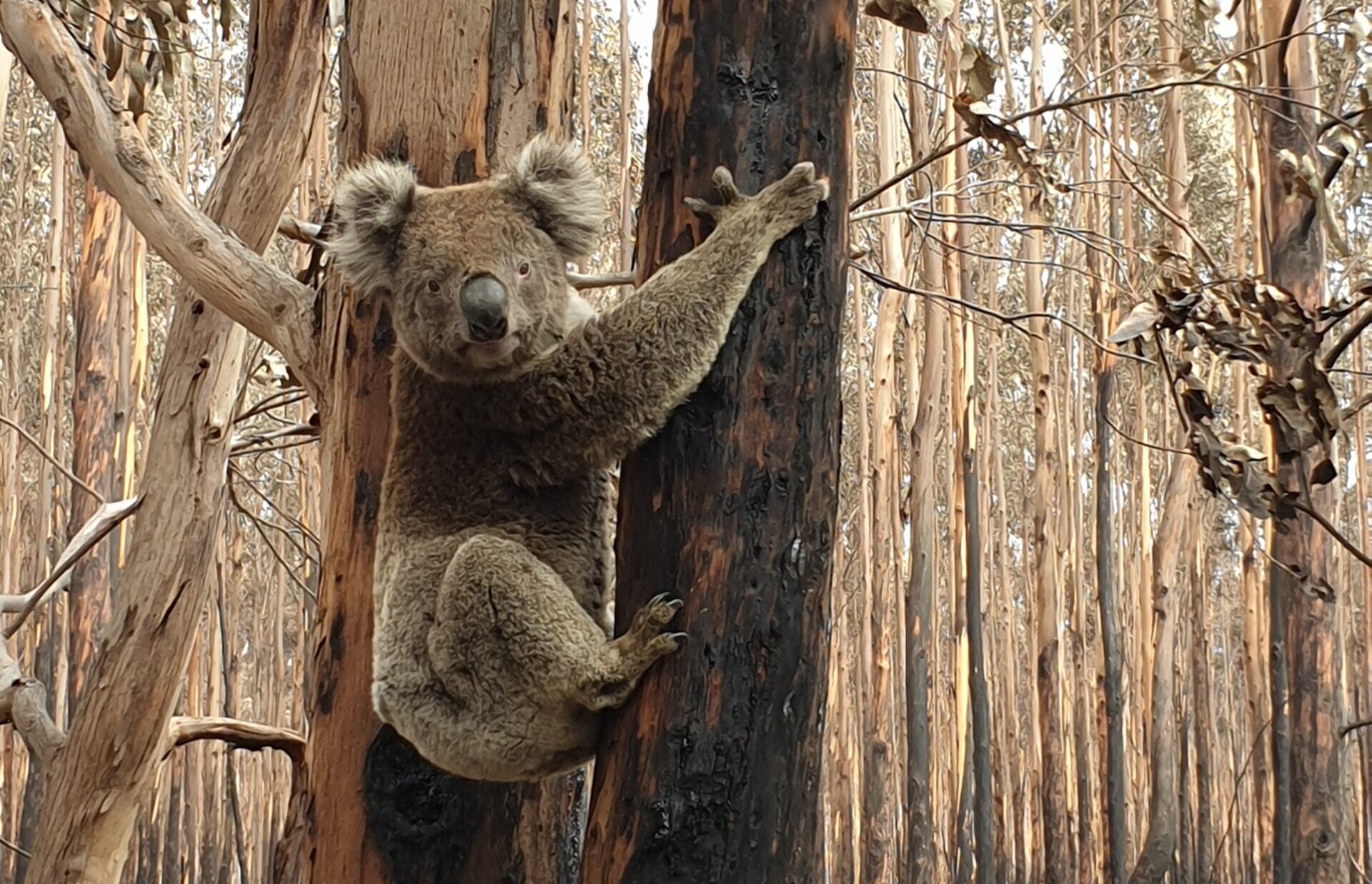Later this month, two Humane World for Animals Australia biologists, Dr Renae Charalambous and Lawrence Chlebeck, will travel to the ancient city of Samarkand, Uzbekistan to attend the 20th Meeting of the Conference of the Parties (CoP) for the Convention on the International Trade in Endangered Species (CITES). As strange...
In response to disastrous declines Humane Society International (HSI) has nominated the spectacled flying-fox, a species that provides vital ecosystem services such as pollination and seed dispersal across Queensland’s Wet Tropics, to have its conservation status uplisted to Critically Endangered under both state and Commonwealth environmental legislation.
Though only listed as a nationally Endangered species a mere two years ago after a heat wave in Cairns caused the horrific deaths of 23,000 spectacled flying-foxes—around ⅓ of the Australian population—the latest studies and population figures combined with climate change projections across the species’ range mean their 2019 Endangered listing is already out of date.
Images of the terrible impacts on spectacled flying-foxes and survivors in care from the 2018 heatwave event are available here.
Evan Quartermain, Head of Programs at Humane Society International Australia, said: “Even though the spectacled flying-fox Endangered listing was made after the shocking Cairns heat stress event, it was actually a delayed decision and didn’t reflect the catastrophic losses the species experienced. We now have a clearer picture of the event’s consequences and there’s no question an uplisting to Critically Endangered is appropriate and necessary.
“The spectacled flying-fox went from being considered non-threatened to Vulnerable to Endangered under Australian law in less than 20 years. That we’ve already been able to state the case for a Critically Endangered listing demonstrates an alarming decline—it is no exaggeration to say that these bats are at the last stop before extinction in the wild. We cannot delay further protections any longer or we will be witnessing the end of a keystone species.”
Flying-foxes struggle to regulate their temperatures in extreme heat, with heat waves exceeding 42 degrees often proving fatal for spectacled flying-foxes. Extreme heat events are predicted to increase in frequency and intensity across their range in the Wet Tropics Bioregion.
These highly concerning projections of climate change impacts on the species are exacerbated by clearing of feeding habitats and continued ‘management’ actions such as their dispersal from a nationally important camp in Cairns putting the spectacled flying-fox in further jeopardy.
A Critically Endangered listing would attract increased investment in spectacled flying-fox recovery programs and see them granted greater weight in land clearing and camp dispersal decisions that are driving declines along with the major threat of climate change.
“We’re at the point where major investment in spectacled flying-fox habitat restoration and camp protection is the only reasonable response. It’s clear dispersal and land clearing decisions are not being made in the best interests of the spectacled flying-fox—for the future of the species and the ecosystems that rely on them, that must change fast,” Mr Quartermain concluded.
HSI’s nomination was drafted by Dr Noel Preece of Biome 5 Pty Ltd and will be assessed by Queensland’s Species Technical Committee at their upcoming meeting on April 28 prior to progressing through the Commonwealth system through the Common Assessment Method.
Images available here.


